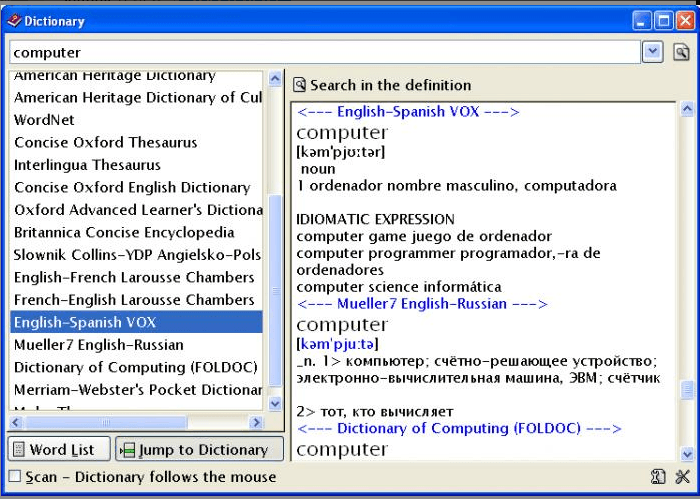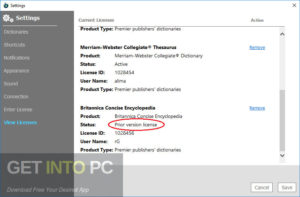

In some recordings, however, high fidelity recording is purposely avoided, or the artifacts such as simulated vinyl record crackles are deliberately retained or added in for aesthetic or historical reasons. Some lower-budget recordings from the 1970s and 1980s have a 'lo-fi' sound because of the limitations of the analog recording and processing techniques of the time, which introduced unwanted artifacts such as distortion and phase problems.

The ideas of lo-fi are taken to extremes by the genre or 'scene' of no fidelity, or no-fi. The term 'low-fidelity' is used in contrast to the audiophile term high fidelity or 'hi-fi', which refers to equipment that very accurately reproduces music without harmonic distortion or unwanted frequency emphasis or resonance. In these days of international communication, we find websites written in a lot. Low fidelity or lo fi (adjectival form 'low-fidelity' or 'lo-fi') is a type of sound recording which contains technical flaws that make the recording sound different compared with the live sound being recorded, such as distortion, hum, background noise, or limited frequency response.


 0 kommentar(er)
0 kommentar(er)
